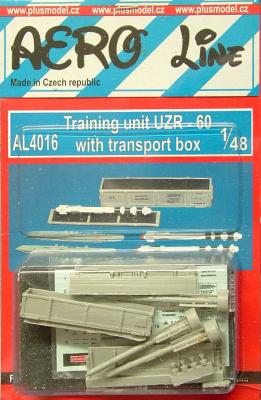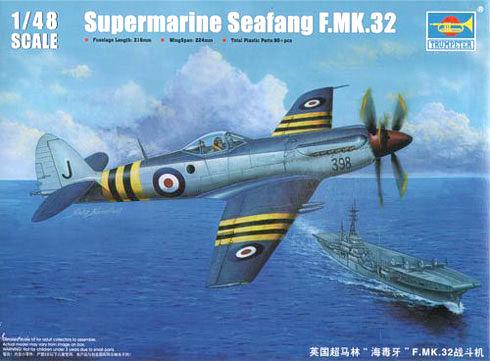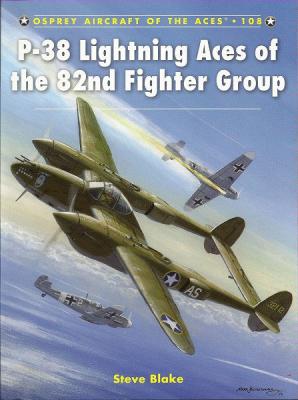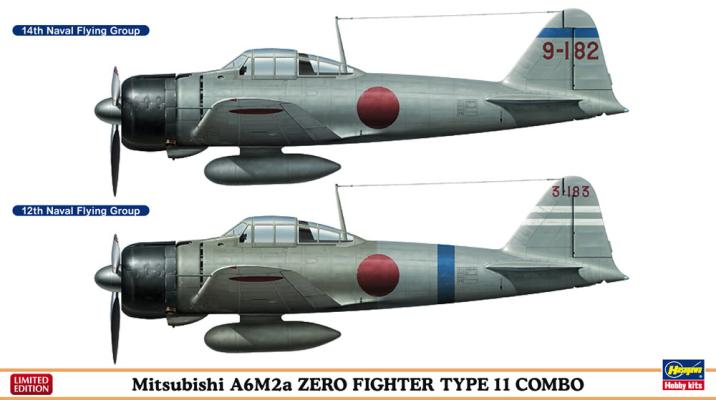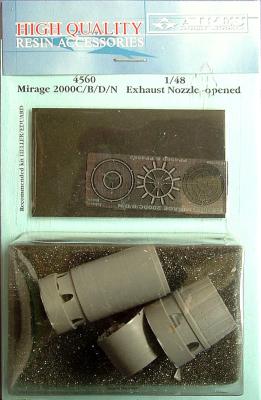The R-60 (AA-8 Aphid) is a Soviet/Russian short range infrared (IR) homing air-to-air missile. It has been fielded for 35 years and is widely used by a variety of Soviet/Russian manufacturer aircraft. For attack aircraft, it is their primary means of self-defense. The UZR-60 is the training variant of the R-60, distinguished by its lack of rear delta fins and the three black bands designating a training shape. It is a captive training shape that does not leave the missile rail. The UZR-60 has an active IR seeker, and interfaces with the aircraft’s weapons system to allow the pilot to determine when the missile has IR acquisition.
Welcome to the IPMS/USA Reviews site!
Introduction: The primary organization of the IPMS/USA Review website is by IPMS/USA National Contest Class. Within each Class there are sub-menus by kits, decals, books, etc. The Miscellaneous Class is for items that are not class specific or that cross two or more classes.
IPMS/USA Members: We encourage you to submit reviews, both here and to the Journal. To volunteer for membership in the IPMS/USA "Reviewers Corps" and submit your own reviews, please read the Guidelines For Submitting Product Reviews.
Manufacturers, publishers, and other industry members: IPMS/USA is pleased to offer your company the opportunity for product reviews. All product reviews are performed by IPMS/USA members, and are posted in the publicly-accessible section of our website. With very few exceptions, we perform full build reviews of new kit releases, aftermarket products, and supplies. If you would care to provide product samples for review, please contact John Noack, IPMS/USA 1st VP.
To learn more about IPMS/USA, please see our About Us page.
History Brief
The Seafang was essentially a Spiteful redesigned for the Royal Navy carrier use. Two prototype Seafang MK.32s were ordered on March 12, 1945, followed by an order for 150 Seafang MK.31s on 7 May 1945. To expedite entry into service, the interim Mk.31 was ordered, which was a navalised Spiteful with a tail hook, allowing the MK.32 to be developed. The Mk32 featured a contra-rotating propeller (eliminating engine torque), power folding outer wing tips, and a proper arrester hook.
The Product
Kit features very nice engraved panel lines, weak cockpit details, nice gear bays, reconnaissance camera, optional position flaps and wing tips, working prop, and 3 decal options. My sample was flash-free and well packaged in a sturdy box. Also included is a photo-etch fret for the radiators and an excellent color plate.
The Lockheed P-38 was one of the most recognizable and deadliest aircraft in World War II. It was originally conceived to meet a U.S. Army requirement in 1937 for a high-altitude fighter capable of 360 mph at 20,000 ft. and be capable of full-throttle endurance of one hour at this altitude. Lockheed’s winning design utilized a radical twin-engine, twin tail boom, tricycle landing gear configuration. Designed as a fighter that could fly faster and higher than any other fighter at the time, it was capable of carrying out several types of missions. It could perform as a bomber, a reconnaissance plane, and an escort. However, where it excelled was in the roll of a fighter. It had great success in the China-Burma-India and Pacific Theaters. It also played a vital role in the skies over North Africa and the European Theater. Many pilots became an ace flying the P-38.
Called the most famous aircraft ever produced by Japan, the Zero fighter first appeared in 1939 and was arguably the best fighter aircraft – land- or carrier-based – in the world. It had great range and maneuverability, and its firepower was at least equal to any of its rivals. It had a wingspan of 12 meters and carried an offensive firepower combination of two 7.7 mm machine guns and two 20 mm cannons.
Development of the aircraft started in May, 1937, and the prototype delivered a speed of 491 km/h with its 780 hp Zuisei engine. In 1940, the Japanese Navy adopted the Sakae engine for the aircraft – a 14-cylinder, 940 hp radial engine.
What you get in the large box from Hasegawa are two complete kits; they have recessed panel lines, and there are decals for four airplanes, two each from the 12th and 14th Naval Flying Groups.
There are four manufacturers of 1/48 scale kits of the Mirage 2000 – Airfix/Heller, Italeri, Kinetic, Monogram, and, of course, the re-boxing of the Heller kit by Eduard. All of these kits have poorly detailed exhaust nozzles, except the Eduard re-boxing which provides PE to overhaul the engine to a more convincing replica, the exterior exhaust petals being particularly noteworthy. Enter Aires with its offering of both an open and closed nozzle replacement engine. This is a review of the open nozzle set.











